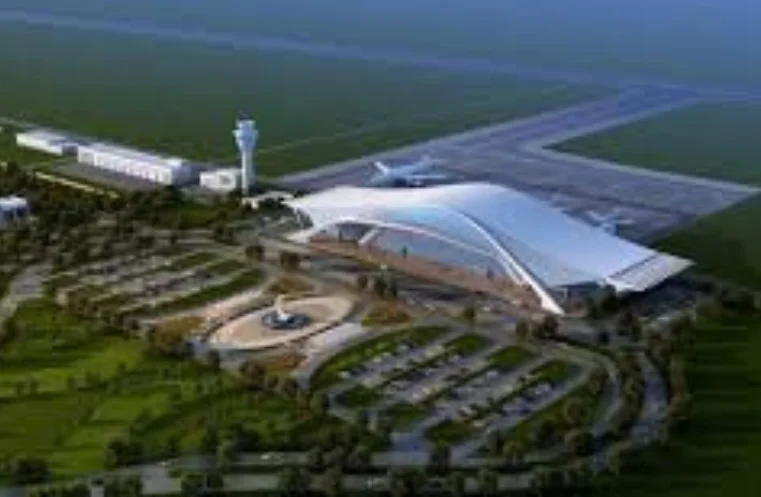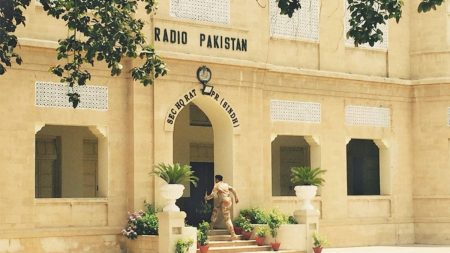Islamabad, Jan 20: The newly inaugurated New Gwadar International Airport (NGIAP) commenced operations this Monday, marking a significant milestone in Pakistan’s aviation landscape. Located in the Grandani area of Gwadar district, Balochistan, the sprawling facility covers 4,300 acres and stands as a testament to the collaborative efforts of multiple nations, including China, Oman, and Pakistan itself, as well as the Pakistan Airports Authority.
READ MORE: Gwadar Free Zone Offers Land Concessions to investors
Constructed with an investment of approximately $246 million, the NGIAP promises to bolster economic prospects and regional connectivity.
Read More:
Apni Chat Apna Ghar Scheme 2025: Online Registration Now Open
Dispelling recent rumors of operational delays due to adverse weather conditions, the Pakistan Airports Authority issued a clarification from its base at Jinnah International Airport in Karachi. The authority emphasized the importance of relying on credible sources for accurate information, ensuring public trust and transparency in its communications.
NGIAP is designed with state-of-the-art infrastructure capable of handling up to 400,000 passengers annually. The airport features a 3.6-kilometer runway, one of the longest in the region, capable of accommodating some of the world’s largest aircraft, including the Boeing 747 and Airbus A380.
The airport also offers a range of passenger amenities designed to enhance the travel experience. These include spacious lounges, retail outlets, dining options, and streamlined check-in and baggage handling services.
NGIAP will provide a world-class experience to travelers and enhance the region’s appeal as a hub for international and domestic flights.
As a key part of the China-Pakistan Economic Corridor (CPEC), New Gwadar International Airport will drive economic growth and improve trade links.
It also aims to strengthen people-to-people ties between Pakistan and its neighboring countries, enhancing mutual benefits and fostering regional development.
Overall, NGIAP not only represents a significant advancement in Pakistan’s aviation infrastructure but also serves as a cornerstone for future development projects that will further integrate the region into the global economy.
This development will transform Gwadar into a key trade gateway for South Asia, boosting connectivity and economic integration in the region.









